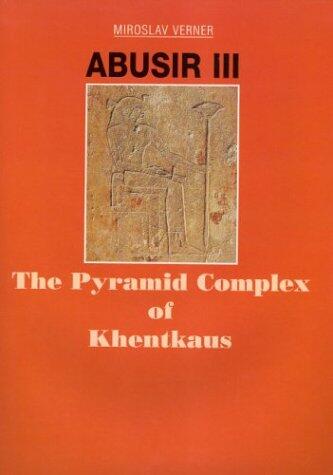
Abusir III: The Pyramid Complex of Khentkaus
Aún sin calificaciones
Formato
Tapa dura
Páginas
184
Idioma
Inglés
Publicado
Jan 1, 2001
Editorial
Czech Institute of Egyptology
ISBN-10
8020008748
ISBN-13
9788020008749
Descripción
Amidst the sands of ancient Egypt, one of the lesser-known yet mesmerizing sites is explored in a captivating narrative that brings to life the Pyramid Complex of Khentkaus. This profound examination by leading Egyptologists delves into the rich history and architectural marvels surrounding the complex, shedding light on the enigmatic figure of Khentkaus.
The authors weave together meticulous research, offering insights into the religious and cultural significance of the site during the Old Kingdom period. The intricacies of construction methods used in these magnificent pyramids reveal the advanced skills of Ancient Egyptian builders, as well as the innovative engineering techniques that have fascinated historians for centuries.
Through a blend of scholarly analysis and engaging storytelling, the work invites readers to visualize the grandeur of Khentkaus’ legacy. With detailed illustrations and extensive indexes, it serves as both an educational resource and an invitation to ponder the mysteries of this remarkable civilization.
By engaging openly with archaeological findings and historical interpretations, the authors successfully create a dialogue between the past and present, allowing for a deeper understanding of Ancient Egyptian society and the enduring intrigue of its monumental legacy.
The authors weave together meticulous research, offering insights into the religious and cultural significance of the site during the Old Kingdom period. The intricacies of construction methods used in these magnificent pyramids reveal the advanced skills of Ancient Egyptian builders, as well as the innovative engineering techniques that have fascinated historians for centuries.
Through a blend of scholarly analysis and engaging storytelling, the work invites readers to visualize the grandeur of Khentkaus’ legacy. With detailed illustrations and extensive indexes, it serves as both an educational resource and an invitation to ponder the mysteries of this remarkable civilization.
By engaging openly with archaeological findings and historical interpretations, the authors successfully create a dialogue between the past and present, allowing for a deeper understanding of Ancient Egyptian society and the enduring intrigue of its monumental legacy.
Reseñas
No hay reseñas aún
Sé el primero en reseñar este libro y compartir tus pensamientos
Añadir Primera ReseñaRegistro de lectura
No se encontraron registros de lectura
Empieza a rastrear tu progreso de lectura para ver los registros aquí
Agrega tu primer registro de lecturaNotas
Registro de transacciones
No se encontraron registros de transacciones
Empieza a rastrear tus transacciones de libros para ver los registros aquí
Agrega tu primer registro de transacciones